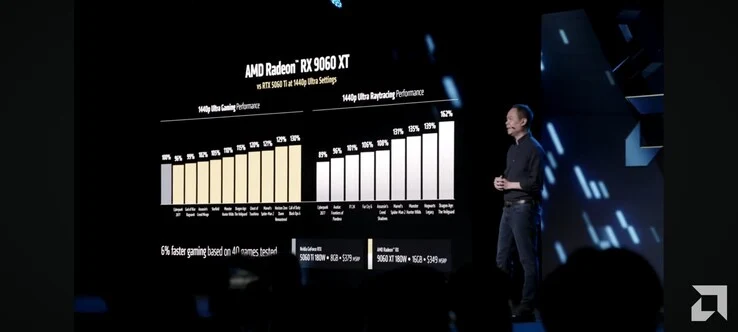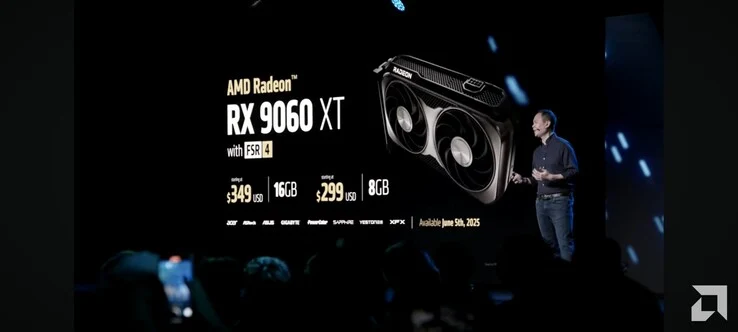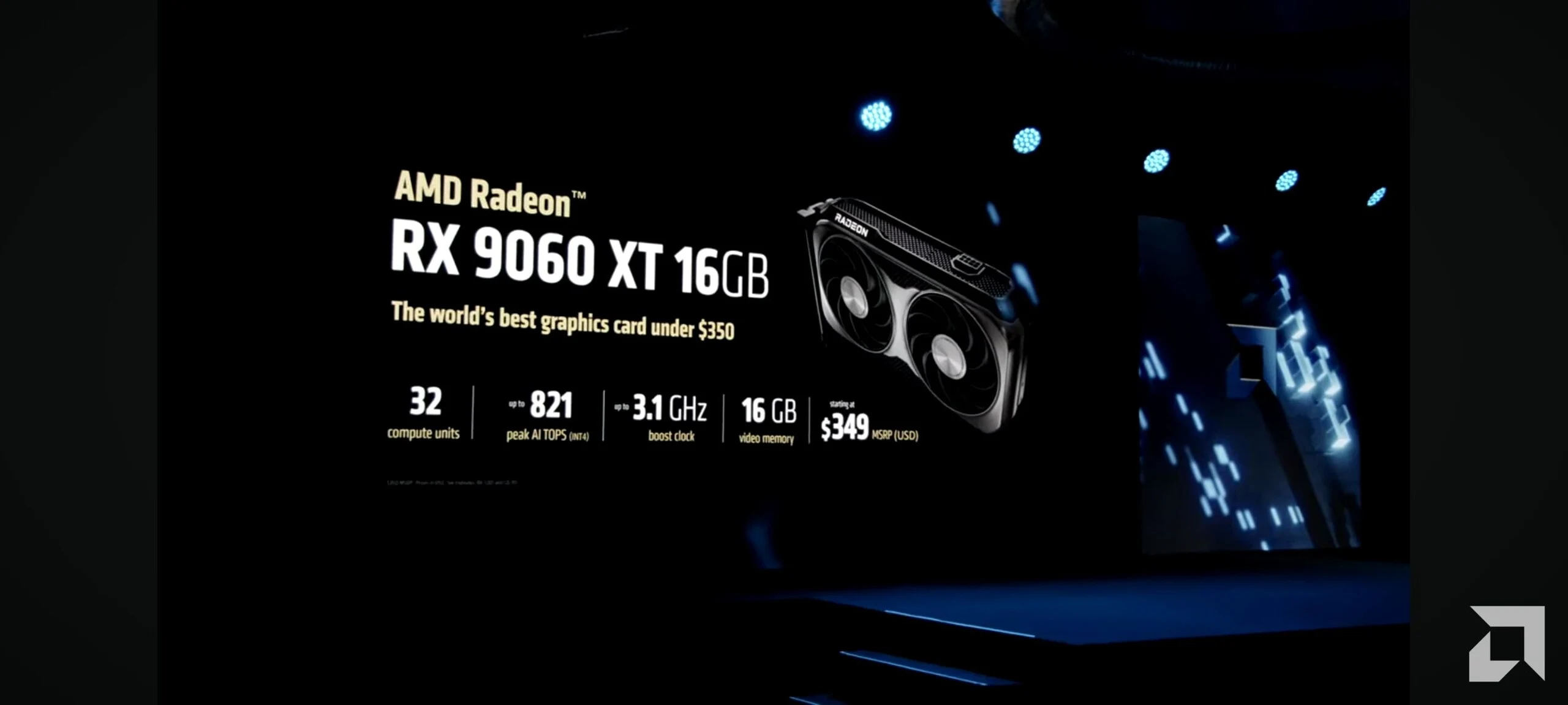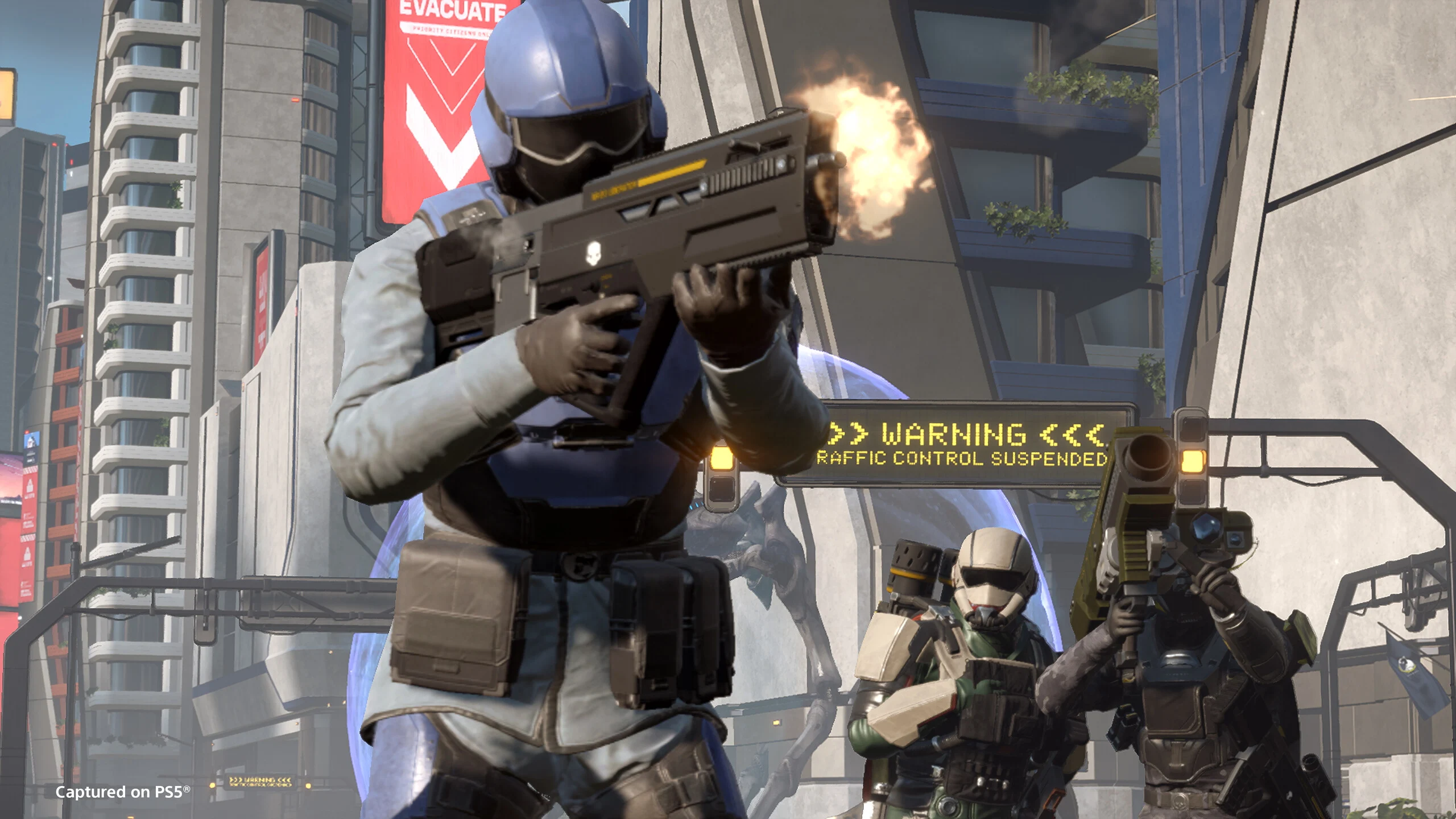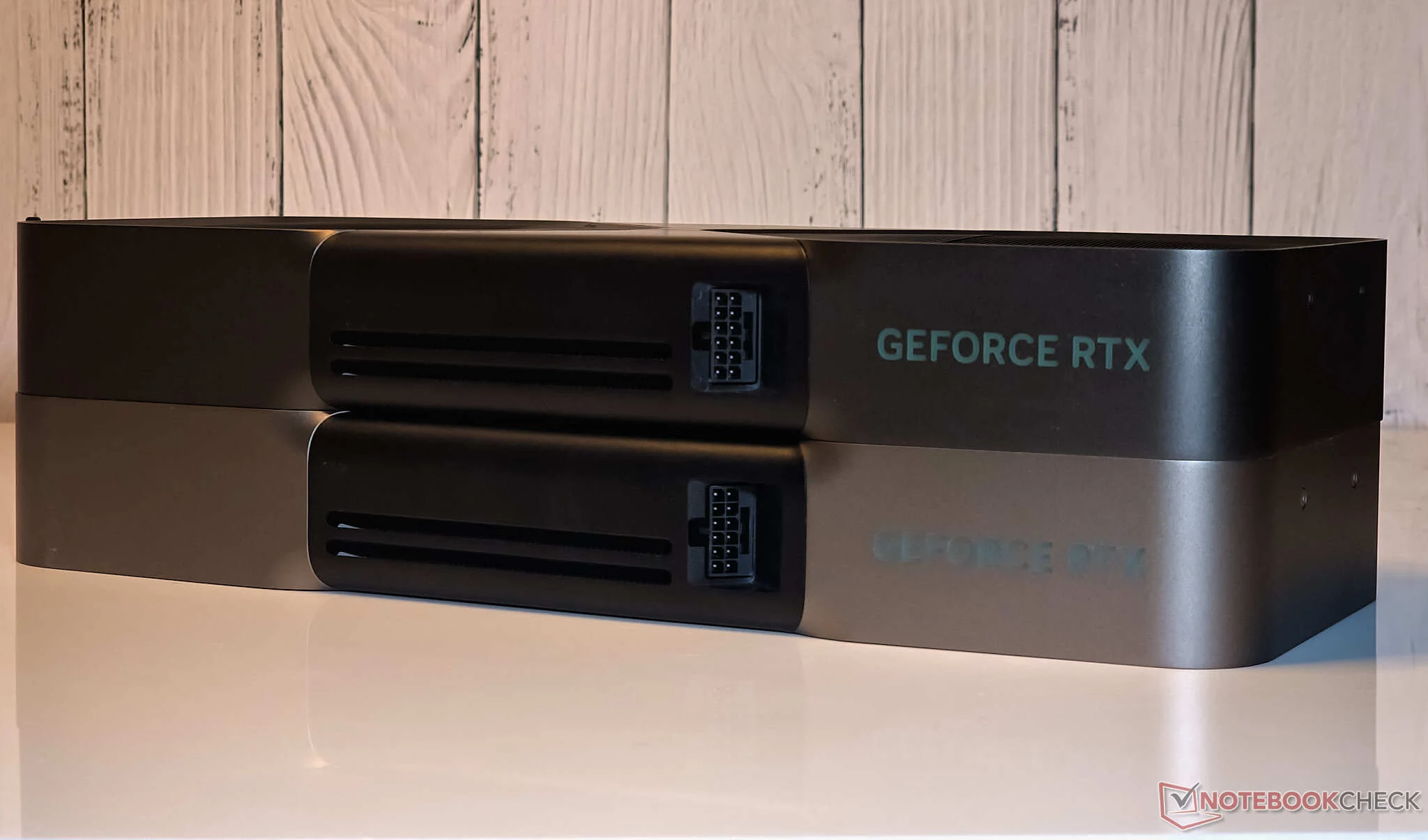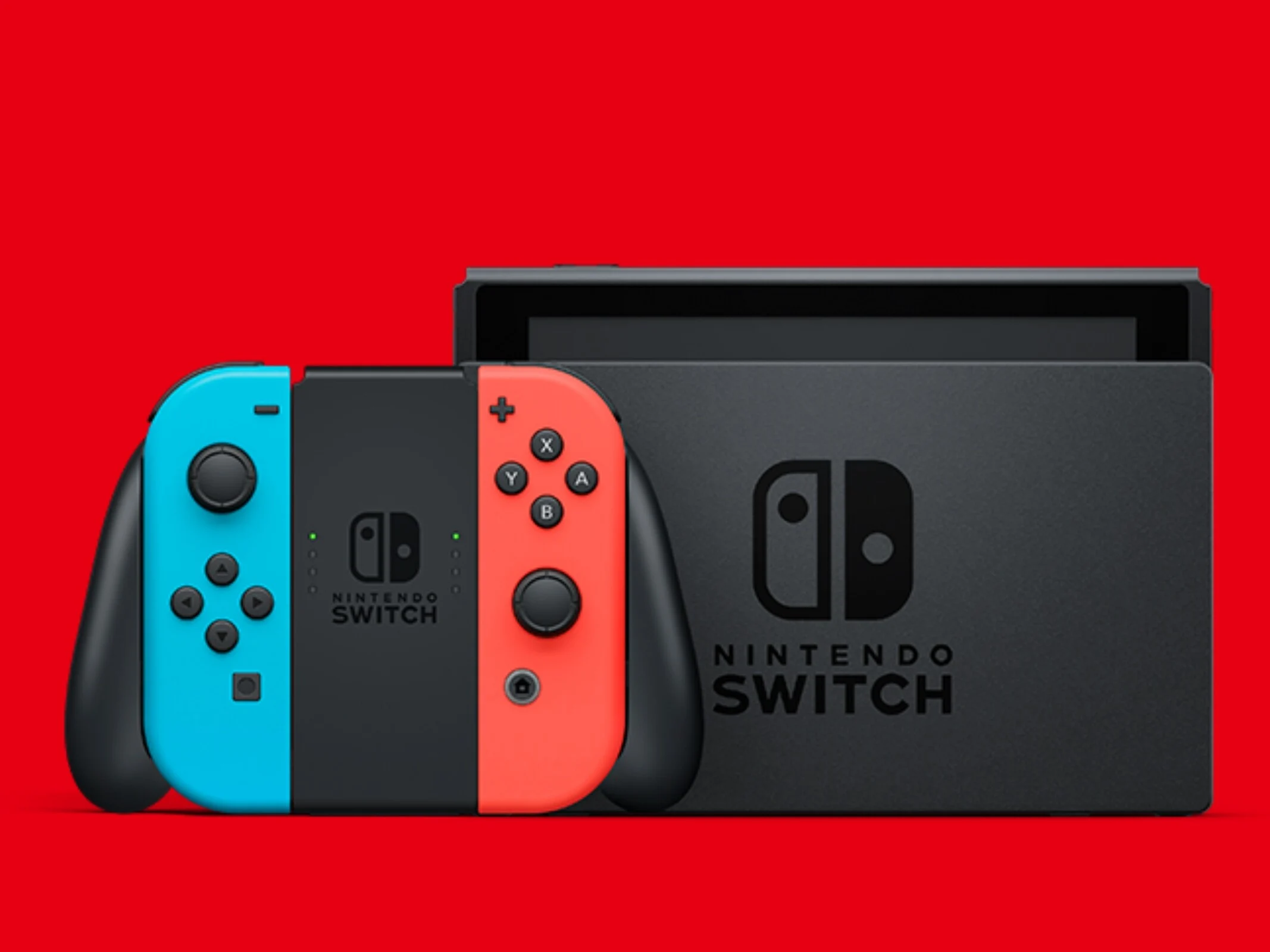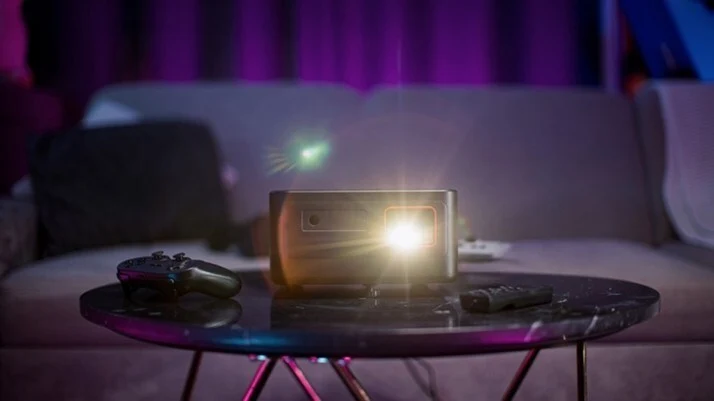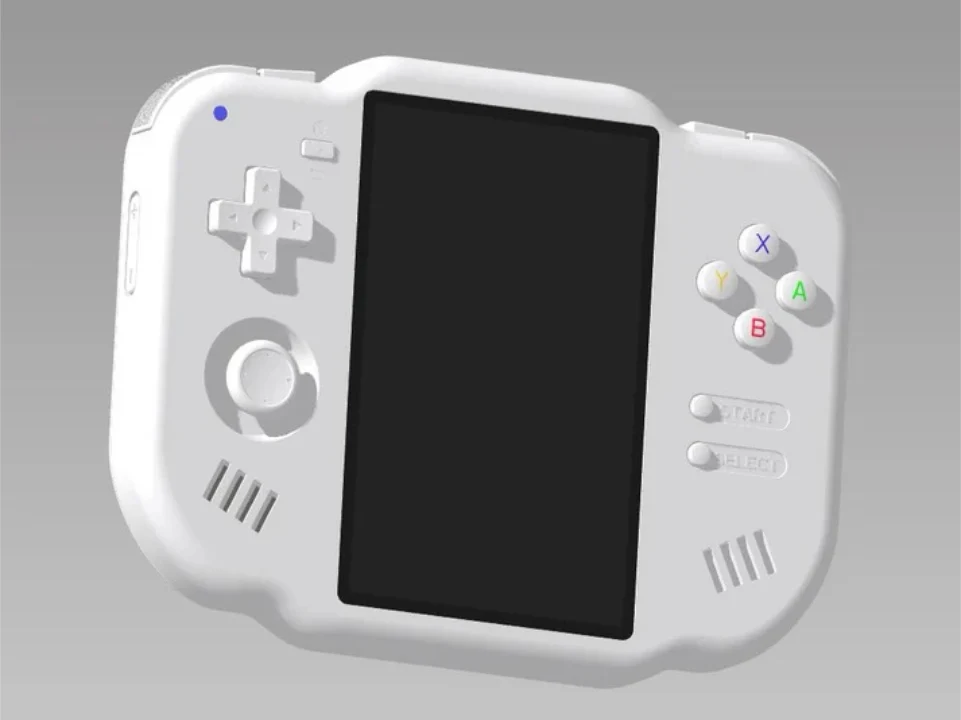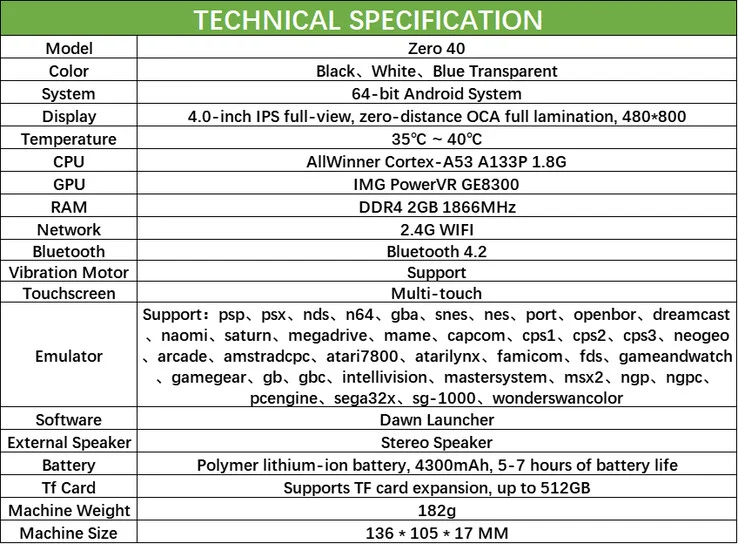Key Takeaways
1. Diverse Game Genres: Four new Nintendo Switch games are launching, each offering unique gameplay experiences across different genres, including life simulation, deckbuilding, action-adventure, and puzzle.
2. Fantasy Life i: The Time Thief: Players explore the island of Reveria with a focus on flexible gameplay, allowing them to choose and switch between twelve “lives,” impacting the story through exploration and player-driven choices.
3. Monster Train 2: This roguelike deckbuilder enhances its predecessor’s mechanics with a new user interface and the ability to combine different factions, providing deeper tactical options and diverse gameplay strategies.
4. Onimusha 2: Samurai’s Destiny: Set in Japan’s Sengoku era, this action-adventure game features hack-and-slash combat, RPG elements, and a companion system that influences the story and encourages multiple playthroughs.
5. Please, Touch The Artwork 2: A text-free point-and-click adventure that invites players to interact with and explore surreal artworks, promoting leisurely exploration without penalties while engaging with unique puzzles and characters.
In the third week of May, four new games are set to launch on the Nintendo Switch, which is priced at $342 on Amazon. Each title belongs to a different genre, offering a unique experience for players. Here’s a brief summary of what gamers can look forward to with each release:
Fantasy Life i: The Time Thief
Fantasy Life i: The Time Thief is a life simulation game set on the island of Reveria, which has mysteriously dropped from the sky. Players start their journey with no memories and are tasked with stopping a time thief that threatens the world’s balance. They’re guided by Flutter, a chatty butterfly spirit, as they explore different eras via time portals, interact with ancient civilizations, build friendships, and uncover the truth behind the time thief.
The game takes a fresh approach by not sticking to traditional RPG classes. Players can select from twelve unique “lives,” such as swordsman or paleontologist, and can switch between them freely. This flexibility influences how the story progresses, as your choices shape your experience. While there’s a main narrative to follow, the journey to each goal is completely player-driven. Rather than sticking to a standard cutscene-mission format, Fantasy Life i promotes exploration, gathering resources, helping locals, and realizing that even minor tasks can significantly impact the larger story.
Monster Train 2
Monster Train 2 is a roguelike deckbuilder that continues the story from the first installment. After an apocalyptic battle, Heaven has frozen over Hell, leaving only one ember of hellfire – a magical spark that is the last hope for demons and underworld factions. Players must protect and transport this ember through dangerous skies, aiming to reignite it before the journey concludes.
The game features its hallmark vertical, multi-deck combat system. Players arrange monster cards across three train compartments (floors) to defend against enemy waves before they reach the ember. While the fundamental mechanics remain the same, the sequel introduces a new user interface and a significant feature: the option to combine two factions strategically. Each faction offers unique mechanics, from cloning and rage boosts to unpredictable mutations, which allows for deeper synergies, powerful combos, and a wider array of tactical options.
Onimusha 2: Samurai’s Destiny
Onimusha 2: Samurai’s Destiny is an action-adventure game that merges hack-and-slash combat, survival elements, and RPG features. Set in 1571 during Japan’s Sengoku era, the story revolves around Jubei Yagyu, a wandering swordsman whose village has been ravaged by the Genma demons. The destruction is led by the resurrected warlord Oda Nobunaga, who has allied with the demons to conquer Japan. Motivated by revenge and duty, Jubei embarks on a perilous journey, discovering he has a supernatural ability to absorb Genma souls and fight as an Onimusha warrior.
The game combines fast-paced hack-and-slash gameplay with puzzles, RPG systems, and fixed camera perspectives similar to early Resident Evil games. Combat focuses on a timing-based mechanic where well-timed Issen counters can instantly defeat foes. Players can also wield magical, elemental weapons that gain strength through soul absorption, an essential feature for both combat and progress. A notable addition is the companion system, allowing players to form bonds with four different allies, which influences the storyline, level routes, and combat scenarios, encouraging multiple playthroughs to experience all the possible outcomes.
Please, Touch The Artwork 2
Please, Touch The Artwork 2 is a point-and-click adventure and puzzle game where players take on the role of a friendly ghost awakening in an abandoned museum. A strange event has mixed up the artworks, and it’s your task to restore order by not only touching the paintings but also stepping into them. Each artwork transforms into an interactive world waiting to be explored. While the first game focused on modern art, this sequel highlights the surreal and often satirical creations of Belgian artist James Ensor, famous for his bright colors, mask-like figures, and symbolic, sometimes eerie imagery.
The game entirely omits text and dialogue, relying on visual cues, sounds, and the player’s curiosity. You’ll explore five interactive artworks, each with distinct mechanics; one might involve matching masks to faces, while another requires arranging instruments based on sound patterns. There are no penalties, time limits, or game over screens. Please, Touch The Artwork 2 promotes leisurely exploration, allowing players to discover at their own pace while collecting small items and assisting quirky museum characters along the way.
Source:
Link
